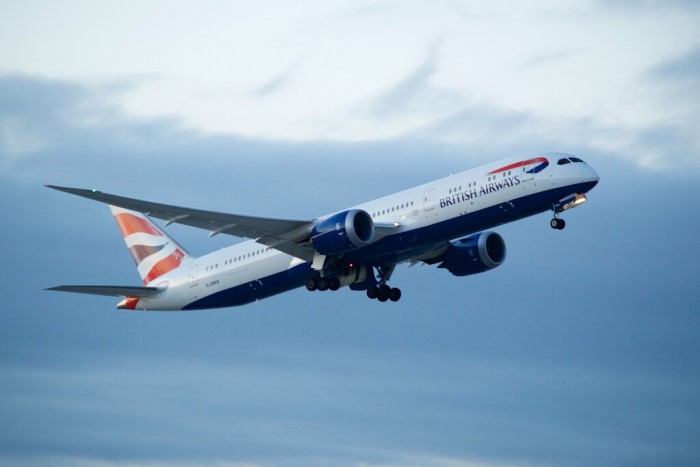How Do Planes Take Off? The Science Behind The Flight
13 September 2023

At FlyDays.co.uk, we believe the sight of a plane taking off is perfect for capturing our imaginations and letting us dream of what adventures can be had up in the air.
But have you ever wondered how the colossal jet-powered machines manage to overcome the Earth's pull and achieve the incredible feat of flight?
Well, fear not, as we're going to dive into the science behind how a plane takes off and explore the magical principles that make all that fun possible.
- The Forces at Play
Before we delve into the specifics of take off, let's briefly understand the forces that shape the world of aviation. There are four primary forces involved in flight: lift, weight (gravity), thrust, and drag.
- Lift: This is the upward force that allows an airplane to leave the ground. It's generated by the shape of the wings and angle of attack, as well as the speed of the plane.
- Weight (Gravity): This force pulls the airplane downward due to the Earth's gravitational pull.
- Thrust: Thrust is the forward force produced by the plane's engines. It propels the aircraft through the air.
- Drag: Drag is the resistance that opposes the airplane's forward motion. It's influenced by factors like the aircraft's shape and the density of the air.
- Take Off Process:
Now, let's delve deeper into the scientific process during take off, step by step:
Taxiing: The journey to flight begins as the aircraft taxis along the runway. This phase isn't about speed, but precision. The pilot will ensure that all systems are a go, from the engines to the control surfaces. They will then communicate with air traffic control and get final clearance for take off. The plane's nose must also align with the centre line of the runway, setting the stage for what's to come.
Increasing Thrust: With everything checked and ready, the pilot will push the throttle forward, and the jet-engines will produce the initial forward thrust. They will then gulp in massive amounts of air, mix it with fuel, ignite it, and shoot it out at the back as a powerful jet of exhaust gasses. Newton's third law of motion takes center stage here: for every action, there's an equal and opposite reaction. The force of the engines shooting gasses backward propels the aircraft forward.
Gaining Speed: As the plane accelerates down the runway, the rush of air becomes tangible. The wings, horizontal tail, and vertical tail generate a force that resists the motion—the dreaded drag. The aircraft's wheels will bounce over imperfections in the tarmac, and the pilot will be working hard in ensuring that the speed is increasing steadily. This isn't a casual acceleration; it's a controlled burst of energy hurtling the plane forward.
Wings and Lift: Now, the wings begin to show their magic. Imagine the wings as master sculptors of the air. They are carefully designed with a shape known as an airfoil. The top of the wing is curved, while the bottom is flatter. As the aircraft gains speed, air flows over and under the wings. This is where the principles of Bernoulli's equation come into play. The air moving over the curved upper surface must travel faster to meet the air moving beneath. According to Bernoulli, faster-moving air means lower pressure. The result? The pressure above the wing is lower than the pressure below, and voila! Lift is generated.
Rotation: As the plane reaches a critical speed, known as the rotation speed or "Vr", the pilot gently pulls back on the control column (the yoke). This changes the angle of attack—the angle between the wing's chord line and the oncoming air. With a higher angle of attack, the air hits the wing more directly, generating even more lift. This is the pivotal moment of take off. The aircraft's nose starts to rise, and the wheels begin to leave the ground. The aircraft is on the cusp of two worlds: the runway and the sky.
Take-off: The transition is complete. Lift now triumphs over weight, and the plane gracefully leaves the ground. The wheels retract into the fuselage, reducing drag and allowing for smoother airflow. As the aircraft gains altitude, the pilot continues to adjust the angle of attack and manage the climb. The wheels tuck in, the ground falls away, and the world transforms from a bustling airport into a panorama of endless skies.
- Conclusion
The basic science behind a plane's takeoff is a symphony of design, physics, and human skill, which we hope is now a little clearer for you.
So, the next time you're a passenger and someone close to you wonders the big question out loud, we're sure you will be on hand to dutifully indulge them with your newfound knowledge! Visit our Aeroplane Flying Lessons page today on the FlyDays website, to browse and book from available packages through purchase of our Gift Vouchers.



